Turkish Airlines has grown into one of the world’s most recognizable carriers—not just because of its massive route network, but because of its polished, globally consistent brand voice. Whether you’re watching an in-flight safety video, reading an ad in London, or browsing their app, the messaging feels seamless. Achieving that level of international clarity requires more than simple Turkish to English translation; it requires high-level localization strategy. Turkish Airlines communicates in a way that feels trustworthy, premium, and culturally neutral—all while maintaining the warm tone associated with Turkish hospitality.
In this article, we’ll explore five translation and localization strategies Turkish Airlines uses to adapt its Turkish brand identity for English-speaking markets. These strategies are informed by global aviation standards, marketing best practices, and real branding examples. Whether you’re a translator, content strategist, or localization manager, these lessons provide valuable insights into how major brands transform culturally rich content into universally appealing messaging. Turkish Airlines doesn’t just translate—it localizes with precision.
- Prioritizing Clarity Over Literal Accuracy
Turkish tends to be expressive and layered, while English favors clarity and conciseness. Turkish Airlines adapts its messaging by simplifying sentence structures and avoiding overly poetic phrasing typical in Turkish ads. Instead of literal translation, their English copy prioritizes fast comprehension. This approach makes announcements clearer, safety instructions more accessible, and marketing content more engaging. It also reflects a global trend: clarity equals trust, especially in aviation.
- Neutral Tone to Appeal to a Global Audience
Turkish Airlines communicates warmth in Turkish, but English messaging must appeal to a diverse, multicultural market. Their localized English tone avoids overly emotional language, opting instead for calm, neutral, and professional phrasing. This ensures consistency across countries and prevents misinterpretation. For example, emotional Turkish expressions like “dünyanın en sıcak karşılaması” (the world’s warmest welcome) often become softer, such as “a warm welcome awaits you.” The meaning remains, but the intensity becomes globally appropriate.
- Restructuring Turkish Syntax for English Ease
Turkish syntax places verbs at the end of sentences, often creating long, winding structures. Translators restructure these sentences for smoother English reading. For example, instead of keeping Turkish’s long modifiers, Turkish Airlines breaks sentences into shorter units. This improves readability in announcements, safety content, and app interfaces—critical for international passengers who may not be fluent in English. Syntax restructuring is one of the most important aspects of Turkish to English localization.
- Consistent Aviation Terminology Across All Platforms
Aviation terminology must be precise and consistent for safety and operational reasons. Turkish Airlines maintains strict terminology guidelines that align with IATA and ICAO standards. Terms like “cabin crew,” “emergency exit,” and “carry-on baggage” are carefully standardized across safety videos, brochures, and digital platforms. This prevents confusion and ensures that translations feel native to the aviation industry rather than literal renderings of Turkish words.
- Adapting Cultural Hospitality into Global Messaging
One of Turkish Airlines’ strongest brand pillars is Turkish hospitality—Türk misafirperverliği. However, hospitality is expressed differently across cultures. Instead of making direct references that might not resonate globally, Turkish Airlines localizes this cultural value into universally meaningful concepts: comfort, service, care, and attention to detail. Their English messaging focuses on premium experience and warmth without relying on culturally specific imagery. This subtle adaptation makes the brand feel international yet rooted in its identity.
Conclusion
Turkish Airlines has mastered the art of global communication by combining high-quality Turkish to English translation with sophisticated localization strategies. Their success lies in balancing clarity, cultural neutrality, and brand consistency—ensuring every touchpoint feels polished, safe, and trustworthy. Whether you’re reading a boarding announcement or scrolling through their booking app, the English messaging reflects intentional adaptation, not mere translation.
For localization professionals, Turkish Airlines demonstrates how major brands can protect cultural identity while speaking fluently to international audiences. By prioritizing clarity, restructuring syntax, choosing universal tone, and standardizing terminology, they maintain strong global recognition. If you’re working on international brand voice or translation strategy, these lessons offer a blueprint for elevating your communication. Localization isn’t just about language—it’s about shaping global experience. Follow these principles, and your translated content will resonate with audiences worldwide.
FAQs
- Why does Turkish Airlines avoid literal translations?
Literal translations reduce clarity and can confuse global travelers. - Does Turkish Airlines use localization agencies?
Yes, they work with professional translators and brand specialists. - How does tone change from Turkish to English?
Emotional language becomes more neutral and globally friendly. - Why is syntax restructuring important?
It improves readability for non-native English speakers. - What makes Turkish Airlines’ brand voice effective?
Consistency, clarity, and culturally adaptable messaging.


